ShVAK Aviation Cannon. Soviet aces weapons
At the same time, none of the Soviet aircraft guns could not boast of such production volumes as ShVAK. In 1942, which was rather difficult for the whole country, Soviet enterprises were able to produce 34 aircraft guns of this type. ShVAK was launched at the Tula Arms, Kovrov Arms and Izhevsk Machine-Building Plants. In total, in the USSR, taking into account the pre-war release, more than 601 thousand copies of the 100-mm ShVAK air gun were manufactured. Its slightly modified version was also used to arm the lungs. tanks, for example, the T-60 mass tank. Given the volume of production and use of this artillery system, it is rightly referred to as the "weapon of victory."
ShVAK is the first Soviet automatic aircraft gun caliber 20 mm. It was put into service in the 1936 year and was made up to the 1946 year, when the last 754 guns of this type were assembled. The aircraft gun was produced in four versions: wing, turret, motor-gun and synchronous. The motor-gun was distinguished by the presence of a longer trunk and a shock absorber. In terms of its design, ShVAK was completely analogous to the large-caliber 12,7-mm machine gun of the same name, which was adopted in 1934 year. The difference was only in the diameter of the trunk used. The tests of the large-caliber ShVAK machine gun were shown to the designers that, thanks to the available margin of safety, the caliber of the system can be increased to 20 mm without changing the dimensions of the moving system, simply by replacing the barrel. The ShVAK gun had a tape feed, the reloading process was carried out mechanically or pneumatically.
For the first time, a new gun was installed on the IP-1 fighter by Dmitry Pavlovich Grigorovich. In the summer of 1936, she was presented to the Air Force Research Institute for state testing. At the same time for its refinement took about four years. Only in 1940, the ShVAK cannon designed by Boris Gavrilovich Shpitalny and Semyon Vladimirovich Vladimirov began to be mounted on Soviet fighters, both in the fork of the engine block of the M-105 aircraft engine (motor-gun) and in the wing. The combat debut of the new Soviet aircraft cannon fell on the 1939 year. ShVAK cannon fighters stood on I-16 fighters, which were used in battles with the Japanese at Khalkhin Gol.
Structurally, the 20-mm ShVAK aviation gun repeated the models of ShKAS and ShVAK machine guns (12,7 mm) preceding it. Automatic guns worked on the basis of the gas outlet. The air cannon had a fixed barrel, which, when assembled, was connected to the assembled box with the aid of a locking insert. As in previous developments, the 20-mm ShVAK aviation cannon utilized the Spit-type system's highlight — a drum-type 10-positional mechanism for the step-by-step removal of the cartridge from the tape, thanks to its use, the system provided a high rate of fire. But this scheme of work required the use of its own welt cartridge with a protruding flange-flange, which is clinging to the screw groove of the gun drum. For this reason, no other type of cartridge in Spitnik weapons could be used.
Today we can safely say that the idea of unifying weapons for different calibers is quite sensible. Many systems in world practice followed the same path; today, in the first quarter of the 21st century, multi-caliber weapons are experiencing real flourishing. However, in the case of Spinny models, everything was not so clear. The fact is that his first project of the ShKAS aviation machine gun was built around the already existing rifle caliber cartridge 7,62x54R with a rim, which was fully justified for the machine gun to achieve a high rate of fire. But already ShVAKi demanded from the Soviet industry the creation of fundamentally new ammunition of welted construction. In the version with the 12,7-mm machine gun, this decision was unsuccessful. This caliber was conceived as universal, it was planned to use it not only in aviation. With the already existing Degtyarevsky 12,7x108 mm chuck, which was more convenient for the store supply, even the assertiveness that was typical of Spit, was not enough to push the parallel production of the same welt cartridge 12,7x108R. Such a cartridge in the USSR was produced not for long in parallel with the production of a small series of ShVAK heavy machine guns. In the end, it was simply discontinued.
But the 20-mm version of ShVAK was waiting for a much more successful fate. At the time of the development of the aircraft cannon other 20-mm cartridges in the Soviet Union simply did not exist. As a possible option, the production of the Long Soloturn, a powerful Swiss ammunition of 20x138R caliber, was considered, under which the universal Atsleg AP-2 machine was created in KB-20, but in general, the niche of 20-mm ammunition in the USSR was not filled, which completely untied the hands creators of ShVAK air cannon.
Other negative aspects of the unification of 12,7-mm and 20-mm versions of ShVAK experts refer to the fact that the Vladimirov group, trying to preserve the unified design of the nodes of two aviation systems, was forced to level the geometric dimensions along the length of the two types of cartridges. The length of both cartridges was 147 mm, which ensured the unified design of the most labor-intensive node in the production of the system - the drum feed structure. However, if the 12,7-mm cartridge was powerful enough for its class, the new 20x99R proved to be one of the weakest ammunition 20-mm caliber among its foreign counterparts.
In the end, the motor cannon was the basis of the armament of the Soviet Yak and LaGG fighters, in the wing variant it also went to the first Il-2 attack aircraft with ammunition for 200 projectiles on the barrel. The beginning of World War II spurred both the massive production of 20-mm ShVAK air cannons and the introduction of synchronous versions of the guns, which from 1942 onwards began to appear on the Lavochkin fighters, put them on separate series of the MiG-3 fighter.
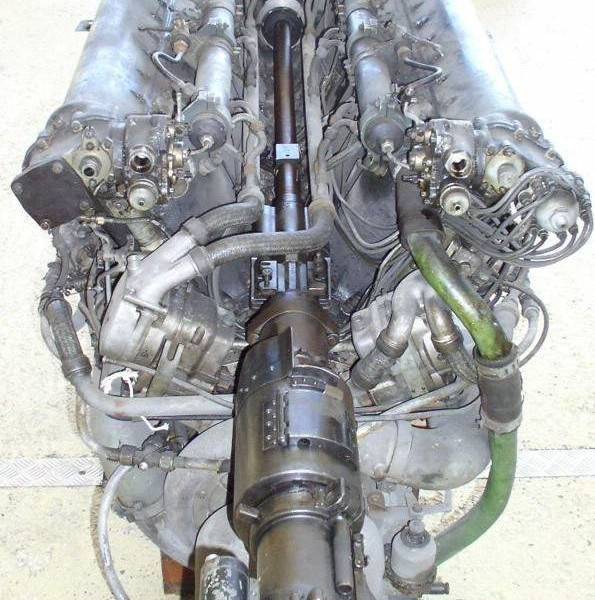
But the turret version of ShVAK could not boast of a successful fate and did not catch on in the Soviet aviation. Too heavy and bulky, it did not fit into the light turret installation of our bombers. Its use was extremely limited. The gun was mounted on a flying boat MTB-2 (ANT-44), as well as on an experienced bomber Myasishchev DB-102. Practically the only serial combat aircraft on which the turret version of ShVAK was standardized was the Pe-8 (TB-7) heavy bomber, the release of which throughout all the war years was almost single-piece. And at the very end of the war, the ShVAK cannon was also mounted on the upper turret of the Er-2 bomber.
Thus, the main consumer of aircraft ShVAK throughout the entire period of their production, was the Soviet fighter aircraft. ShVA stood on the I-153P, I-16, I-185, Yak-1, Yak-7B, LaGG-3, La-5, La-7 and Pe-3 fighters. When the I-16 fighter was discontinued, and the Il-2 attack aircraft began to rearm the new 23-mm VY aircraft gun, the release of the ShVAK wing version was almost completely curtailed. Only in 1943, 158 of such guns was launched to re-equip the Lend-Lease Hurricane, where they were installed instead of Browning's 7,7-mm machine guns. And at the end of the war the wing version of the gun again found its use, becoming the offensive armament of the twin-engine high-speed Tu-2 bomber.
At the same time, the ShVAK motor cannon, with some changes in the design of 1941-42, was mounted on light T-30 tanks (modification of T-40) instead of 12,7-mm DShK machine gun, which allowed a significant increase in the power of their fire impact on the enemy and gave the tank crews the ability to hit enemy armored vehicles (armor penetration - up to 35 mm with a sabot projectile), anti-tank guns, machine-gun nests and the enemy's manpower. A variant of the gun under the designation ShVAK-tank or TNSh-20 (tank Nudelman-Shpitalnogo) was installed serially on light tanks T-60.
In May, the 1942 of the Air Force Institute came to the conclusion that the 20-mm ShVAK aviation gun works smoothly on the I-16 (in the wing), Yak-1 and LaGG-3 fighters (through the gearbox). The projectile of this gun is effective at operating on enemy aircraft, armored cars, light tanks and vehicles, and railroad tank trucks. For action on medium and heavy tanks, a ShVAK cannon projectile is not effective. In general, the ShVAK projectile in weight, and hence the effectiveness of explosive action, was inferior to the projectile of German aircraft cannons of the same caliber (the SHVAK projectile weighed 91 grams, and the German aviation cannon MG FF - 124 grams). It was also noted that the effectiveness of the actions on the goals of ShVAK was significantly inferior to the 23-mm aviation gun VY.
Comparing the Soviet ShVAK with the German aviation gun MG FF, you come to the conclusion that the German gun, which used the recoil energy of the free gate (on the ShVAK - gas outlet), had an advantage only in the weight and breaking strength of the projectiles used. In this case, the initial velocity of the projectile at the German gun was at least 220 m / s less, but the second volley for the wing of the aircraft guns was almost the same. At the same time, MG FF was lighter on 15 kg, including through the use of a shorter stem. At the same time, this advantage of German cannons was lost with the advent of the B-20 aviation cannon in the USSR.
Today, it is quite difficult to objectively evaluate the value of the 20-mm aircraft gun ShVAK. Of course, it was characterized by a certain bunch of flaws - weak ammunition with poor ballistics, operational and technological complexity, which especially at the initial stage of production led to the high cost of the gun. At the same time, the first drawback was easily compensated for by the huge ShVAK rate of fire, which reached 800 rounds per minute, and the cost reduction was due to the establishment of mass production and industry adaptation. It should be noted that in terms of the rate of fire, ShVAK had no equal among the serially produced aircraft guns of other states. True, the synchronous versions that were put on excellent Soviet fighters La-5 and La-7, depending on the mode of operation of the engine, had a lower rate of fire - 550-750 shots per minute.
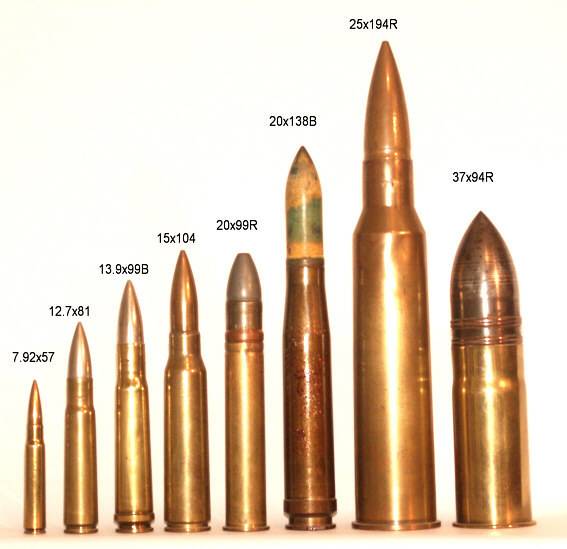
In any case, we can say that the Shpitalny-Vladimirova air cannon was one of those iconic samples of the Red Army’s weapons that could ensure our country’s victory in the Great Patriotic War. According to the fighter pilots of those years, the power of even the relatively weak 20-mm shells of the ShVAK cannon was enough to fight any Luftwaffe aircraft. Of course, if Germany had massively appeared heavy bombers or Soviet aviation had to face in the sky with armada of American "flying fortresses", our fighters would have a hard time, but in reality nothing of the kind happened.
It is also important to remember that in the Soviet Union, alternatives to ShVAK for a long time simply did not exist. The development of a promising B-20 aviation gun designed by Mikhail Evgenievich Berezin, also created on the basis of a large-caliber machine gun and based on the same principle of operation as ShVAK, was seriously delayed due to designer's illness. For this reason, the ShVAK aircraft cannon, despite its “weakness,” remained the main armament of the Great Patriotic War fighters.
A considerable role was also played by the training of Soviet pilots, which grew during the war and made it possible to effectively use the weapons at their disposal. It is no secret that the personnel of the Red Army Air Force, who met the 22 war on June 1941, had an extremely low qualification and almost complete lack of experience in the combat use of their aircraft. The only exceptions were team cadres who managed to get past Spain, Khalkhin Gol, the winter war with Finland, but there were few such pilots. Yes, and they, basically, passed on the accumulated experience in accordance with the training "Course of combat use of fighter aircraft." Proof of this was the consumption of ammunition for aerial targets, which varied throughout the war from its first months to the last. If at the initial stage of the war, Soviet pilots often opened fire on the enemy from a distance of 300-400 meters, then already in 1942, gaining experience, from a distance of 100-150 meters, and sometimes from 50 meters. This led to an increase in shooting accuracy and a reduction in ammunition consumption. With regard to the ShVAK aviation gun, this increased the effectiveness of its projectiles. When the enemy plane turned into a colander, the smaller tensile strength of the shells of the Soviet cannon was no longer significant.
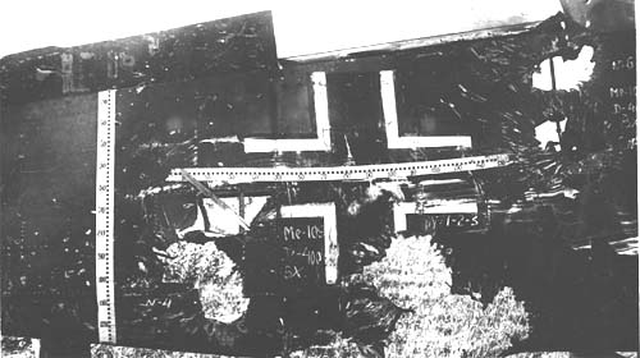
During the prewar period and the years of the Second World War, the Soviet industry produced more than 100 thousands of ShVAK aircraft cannons, which makes it one of the most massive artillery systems in stories aviation. ShVAK production was discontinued only in 1946 year. It was replaced by a more sophisticated aircraft gun B-20, which, having similar combat characteristics, was more reliable and easy.
Tactical and technical characteristics of ShVAK:
Length / Weight:
Wing variant - 1679 mm / 40 kg.
Turret version - 1726 mm / 42 kg.
Motor-gun - 2122 mm / 44,5 kg.
The stroke length of the moving parts is 185 mm.
Firing Rate - 700-800 rds / min.
The initial velocity of the projectile - 815 m / s.
Chuck - 20x99 mm R.
Information sources:
http://www.airwar.ru/weapon/guns/shvak.html
http://nvo.ng.ru/armament/2018-08-10/13_1008_weapons.html
http://www.airbase.ru/alpha/rus/sh/shvak/20/shvak.html
Open source materials

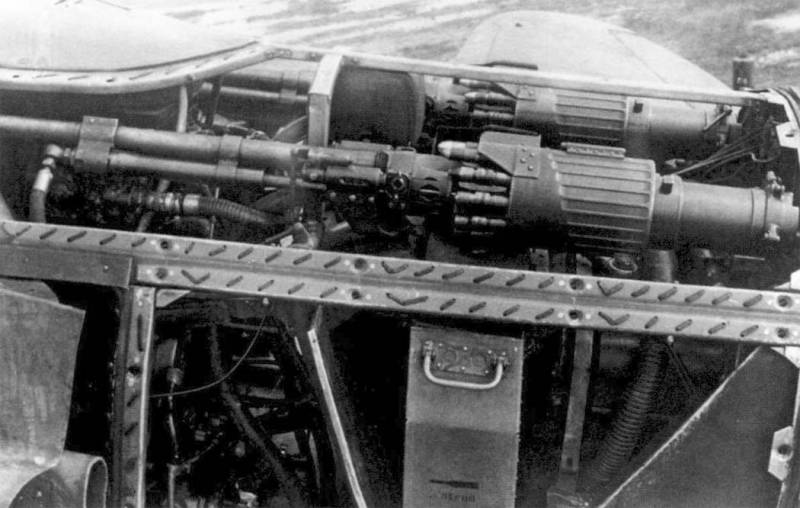
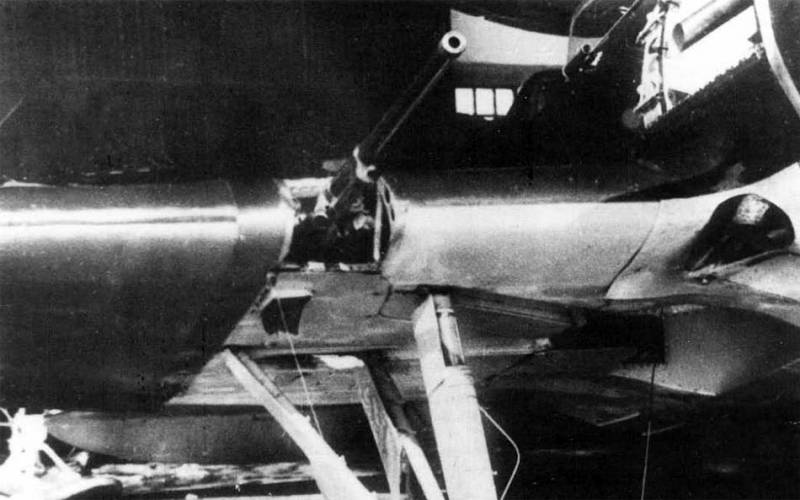
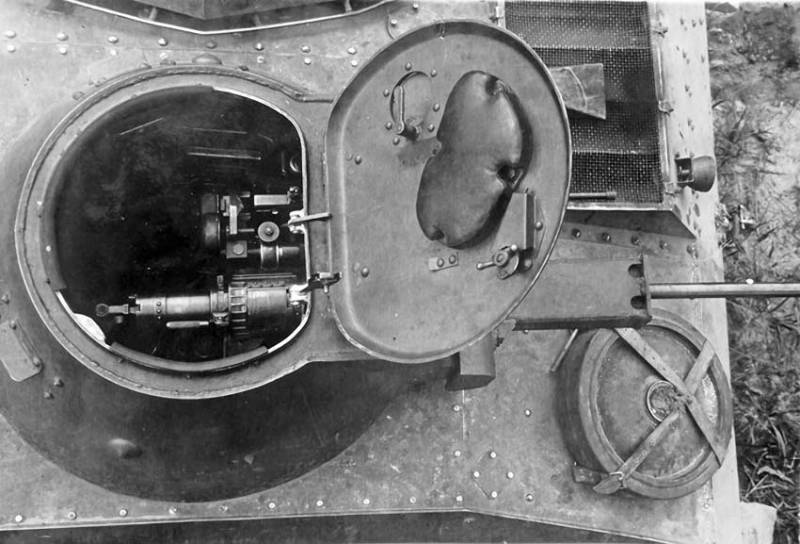
Information